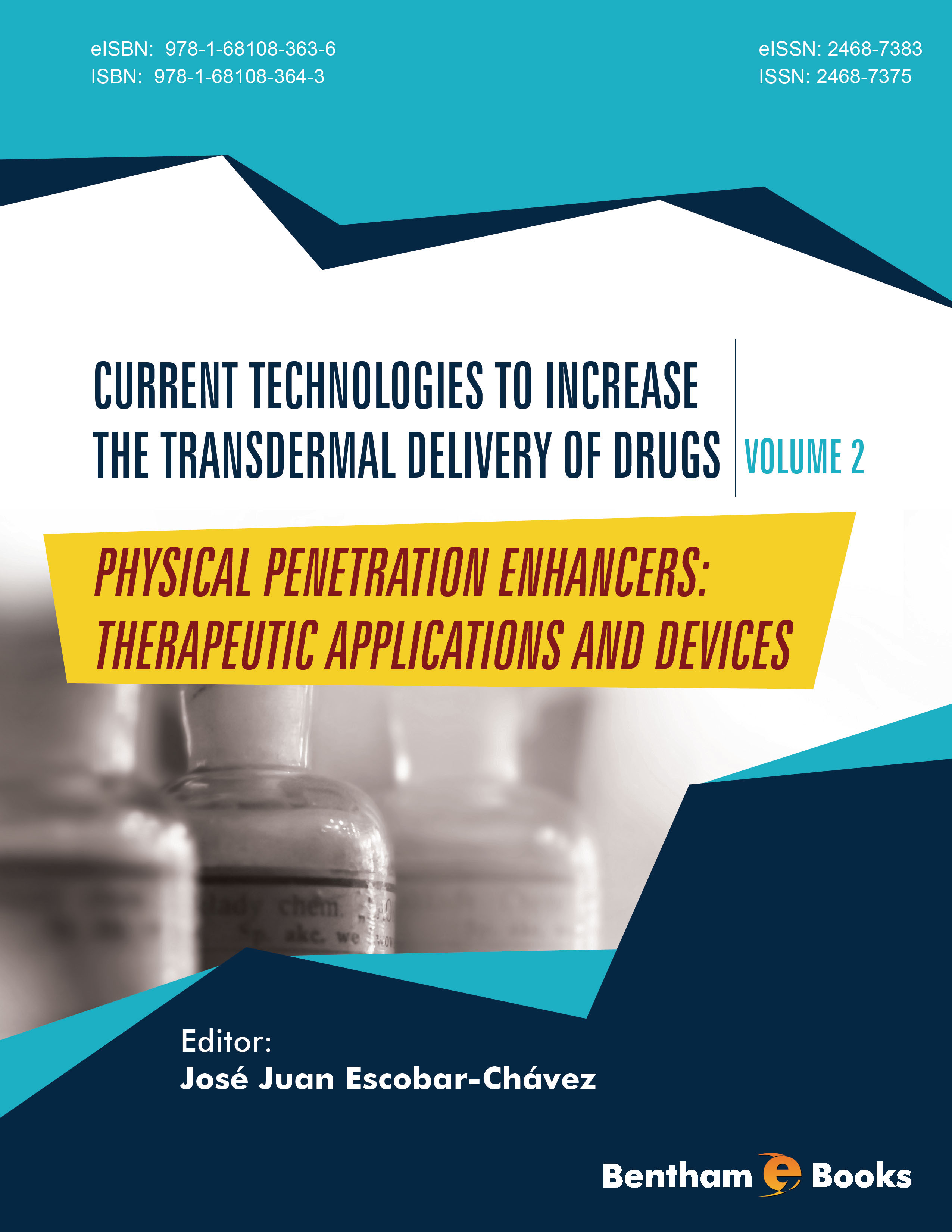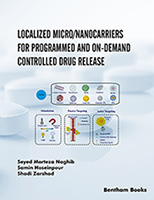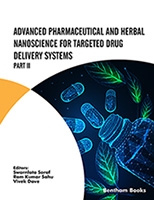Foreword
Pharmaceutical knowledge has grown exponentially over the last 40 years. We now have a much clearer understanding of how drugs are absorbed into, distributed within, and cleared from the body.
The potency of agents with which we deal continues to increase, and our ability to unravel mechanisms of action proceeds. New drugs –in particular peptides, proteins and other biological response modifiers- are being developed and new challenges await pharmaceutical scientists. Controlled drug delivery represents a field that must keep pace with changing nature of chemotherapy. Tighter control of drug input into the body in both quantitative and temporal senses is crucial, and design of new delivery systems must respond to this demand for increased sophistication. For this purpose, scientists have used new technologies to improve the penetration rate of drugs. These technologies include physical and electrical methods that include iontophoresis (small direct current), sonophoresis (mainly by low frequency ultrasound energy), electroporation (by application of short micro to milli-second electrical pulses), radiofrequency (laser-generated stress), microneedles and also the use of nanocarriers alone or in combination with the use of the above mentioned physical enhancers. These biophysical techniques have many others therapeutical applications that include physiotherapy, gene delivery, DNA based vaccination, drug administration, diagnosis, dentistry, etc.
The development of technology has permitted the generation of devices that involve the use of physical enhancers for many of the mentioned therapeutical applications.
The objective of this book is to provide a general and an updated overview of the theoretical and practical aspects of iontophoresis, electroporation, sonophoresis, microneedles, radiofrequency and transdermal nanocarrier systems on the delivery of transdermal drugs. Such a generalized approach would be helpful in medicine, pharmacy, drug discovery, drug delivery, drug design and toxicological research.
The contributors to this text have been directed to emphasize updates on above mentioned technologies involved in therapeutic applications and devices. Authors were selected for their knowledge and reputation in their subject area, and for their ability to address objectively the topics of this book. I believe that they have performed this task effectively, producing a text that will facilitate and optimize future developmental programs in pharmacy, medicine and pharmaceutical technology.
Dr. Amparo Nácher Alonso
Department of Pharmacy and Pharmaceutical Technology
University of Valencia,
Spain





